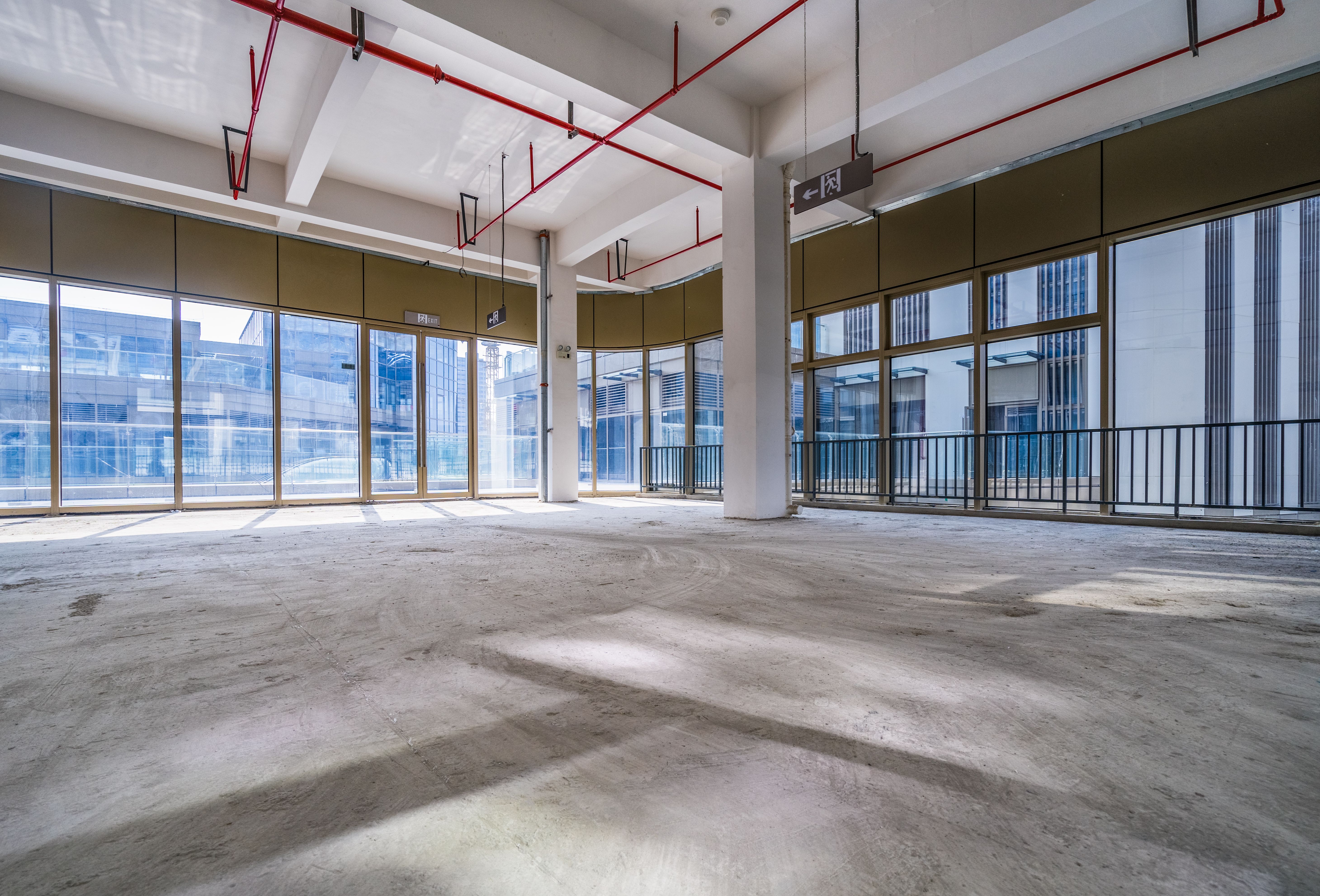Mastering Commercial Space Styling: Tips from Toronto's Top Home Stager
Understanding the Essence of Commercial Space Styling
In the bustling city of Toronto, commercial spaces are more than just functional areas; they are extensions of a brand's identity, influencing client perceptions and employee productivity. Mastering the art of commercial space styling involves understanding the unique dynamics that differentiate these environments from residential settings.
Toronto's top home stagers emphasize that the first step in styling any commercial space is to clearly define its purpose. Whether it's an office, a retail store, or a restaurant, each space has specific needs and a target audience to cater to. A well-styled commercial area should capture the essence of the brand while ensuring functionality and comfort.

Key Elements of Effective Space Styling
When approaching commercial space styling, there are several key elements to consider. These include layout, lighting, color schemes, and furniture selection. Each of these components plays a crucial role in creating an environment that is both aesthetically pleasing and practical.
Layout is fundamental in determining the flow of a space. An efficient layout facilitates movement and interaction, which is especially important in high-traffic areas such as retail stores or office spaces. Stagers often recommend open layouts that encourage collaboration and communication.
Lighting can dramatically transform a commercial space. Natural light is ideal, but when it’s not available, a mix of ambient, task, and accent lighting can create a warm and inviting atmosphere. Lighting should not only highlight key areas but also enhance the overall mood of the space.

Choosing the Right Color Schemes
The color palette of a commercial space can influence emotions and behaviors. For instance, blues and greens are calming and suitable for offices, while vibrant colors like red or yellow might be more appropriate for creative spaces or restaurants.
It’s crucial to align color choices with brand identity while also considering psychological impacts. Neutral tones can provide a sophisticated backdrop that allows for pops of color through accessories or artwork.
Furniture Selection and Arrangement
Furniture not only needs to be functional but should also reflect the style and purpose of the space. In an office setting, ergonomic chairs and desks can enhance comfort and productivity. For retail spaces, modular furniture can provide flexibility for displaying products.
Top home stagers in Toronto suggest utilizing multi-functional furniture pieces to maximize space efficiency. For example, storage ottomans or foldable tables can serve dual purposes and adapt to the changing needs of a business.

Incorporating Technology Seamlessly
In today’s digital age, integrating technology into commercial spaces is essential. From smart lighting systems to interactive displays, technology should be seamlessly incorporated into the design without overwhelming the aesthetics.
Wireless solutions are increasingly popular as they reduce clutter and enhance mobility. Ensuring that all technological components are user-friendly will also contribute to a positive experience for both employees and clients.
The Final Touches: Decor and Art
The final touches in commercial space styling often come down to decor and art. These elements can personalize a space and create visual interest. Whether through statement artworks, plants, or unique decor pieces, these additions should complement the overall theme and purpose of the space.
Decorative elements should be strategically placed to draw attention to specific areas without cluttering the environment. The right art can serve as conversation starters or focal points, enhancing the overall ambiance of the space.

Conclusion: The Impact of Professional Styling
With these tips from Toronto’s top home stagers, mastering commercial space styling is achievable for any business looking to make a lasting impression. By focusing on key elements like layout, lighting, color schemes, and furniture, businesses can create environments that not only look great but also support their operational goals.
The impact of professional styling extends beyond aesthetics; it influences brand perception, employee satisfaction, and client experiences. Investing in expert styling can transform a commercial space into a strategic asset that drives success.
